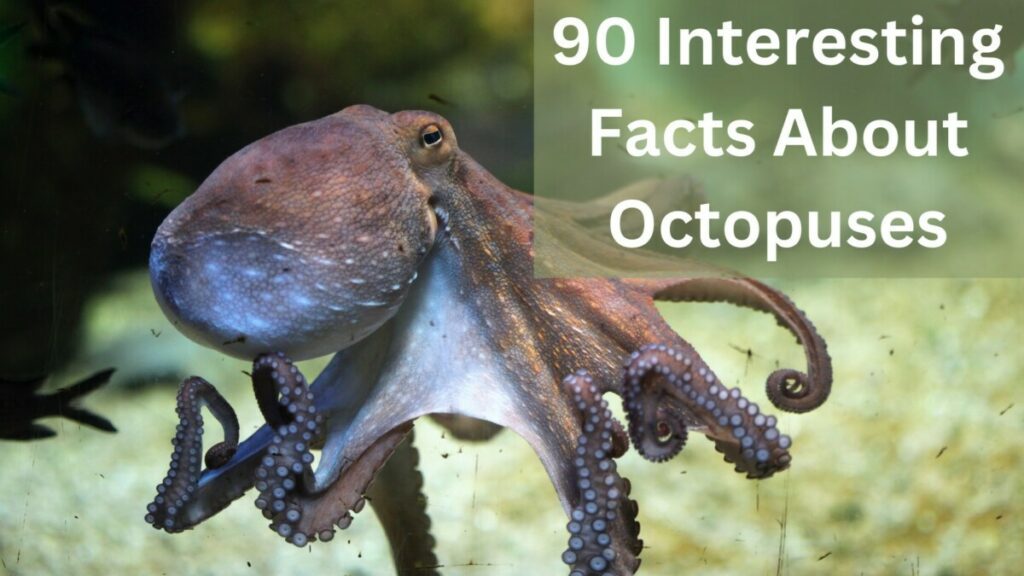Animals have long held a special place in the eyes of humans. Horses, in particular, have been studied for centuries and remain a beloved creature all around the world. From transport, to sport, to companionship and entertainment, horses have been an undeniable part of human culture and development. But with technology advancing and our reliance on horses decreasing, many adults may not be aware of the interesting and sometimes unexpected facts about horses. This blog post is intended to provide parents with a comprehensive list of fun facts to share with their children, that exposes them to the wonderful complexity of these majestic creatures.
From the power and speed of the animals, to the evolution of their form and characteristics, there is so much to learn and appreciate. For example, did you know that equine hooves are made of the same material as our fingernails? That the average horse can gallop at speeds of up to 40 miles an hour? Or that the western world’s oldest documented breed of horse is the Arabian

